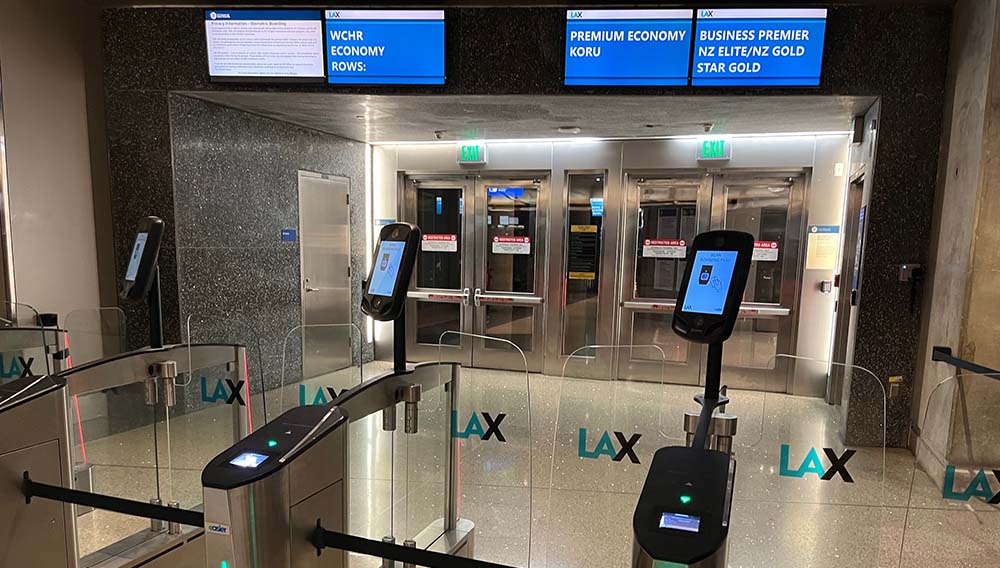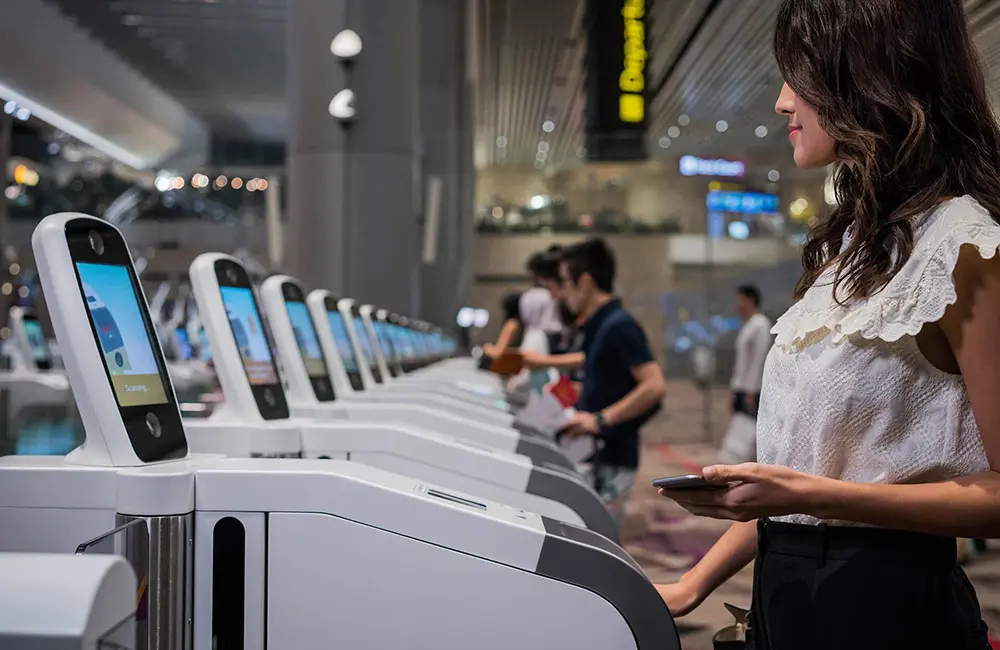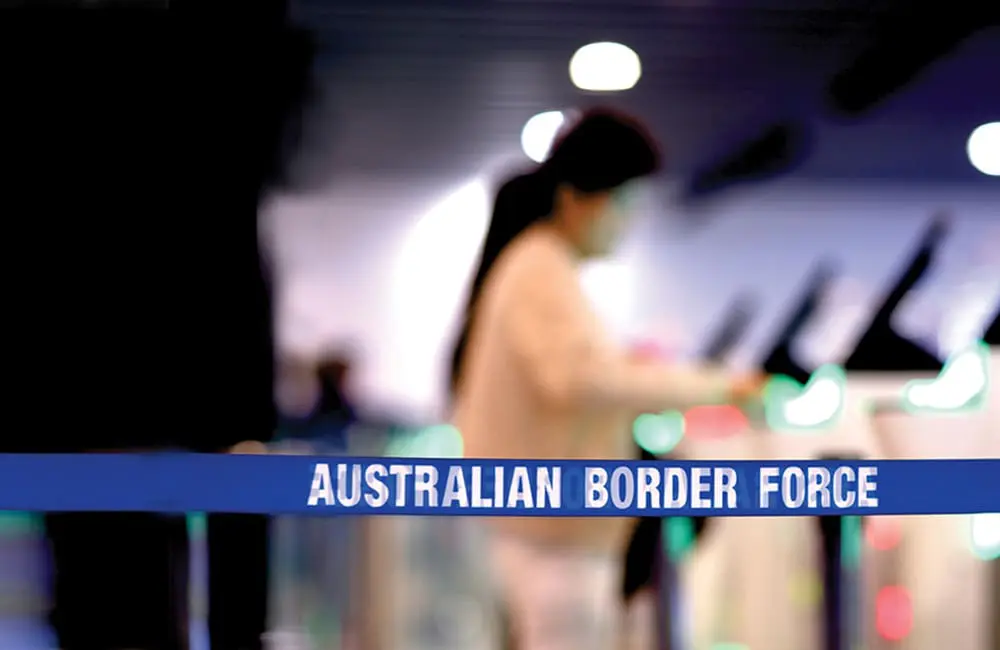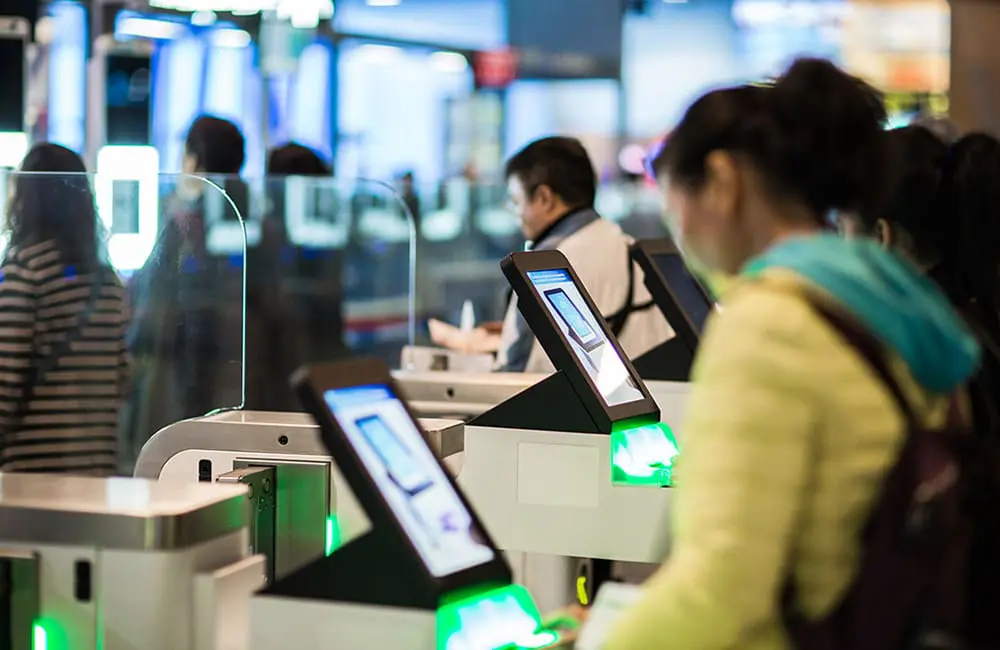Security lines at Australian airports could be shortened by up to 30 per cent with more widespread use of biometric ID and facial recognition technology with many travellers already on board, says Flight Centre Travel Group Chief Experience Officer John Morhous.
FCTG has thrown its support behind the International Civil Aviation Organization’s Journey Pass, which would revolutionise the check-in process in Australia and globally by integrating biometric ID boarding and facial recognition tech.
The proposed initiative would scrap the need for paper boarding passes and passports during check-in and security screening for a more efficient passenger experience.

Morhous said the introduction of biometric identification at airports can improve travel experience and costs for passengers, airlines and airports, cutting wait times by around 30 per cent.
“That’s not just a win for convenience but also a significant stride towards cost reduction for airports and airlines. By eliminating manual processing and long queues, air travel becomes more seamless and stress-free for passengers,” he said.

The FCTG exec used Singapore Changi Airport, which already has facial and iris biometrics in place, as an example, highlighting that the award-winning hub has reduced the average clearance time per traveller by 60 per cent.
“It takes no longer than 25 seconds and there is never a queue at the airport, making travelling a breeze,” he said.
Morhous also addressed the privacy concerns linked to facial recognition technology and the need for consumer education and opt-in.

“Biometric data is sensitive, and we must prioritise developing robust standards for its storage and disposal,” he said.
“But, it’s also important to understand that similar recognition processes are already well-embedded into our day-to-day lives. We access our phones with biometric ID and supermarkets use facial recognition technology for security and monitoring purposes.
“Airports have the opportunity to rapidly adapt due to the accessibility of high-quality cameras and facial recognition systems already prevalent in retail environments.

“With collaborative investment from airlines, governments, and industry bodies, this transition can be accelerated efficiently, perhaps with major Australian airports leading the charge,” he said.
Morhous anticipates further innovations to the travel experience across the next decade.
“Beyond biometric ID, advancements in faster security screening techniques are on the horizon. Many startups are developing technologies to expedite luggage scanning and passenger screening, ultimately refining the entire travel process from door to boarding,” he said.





